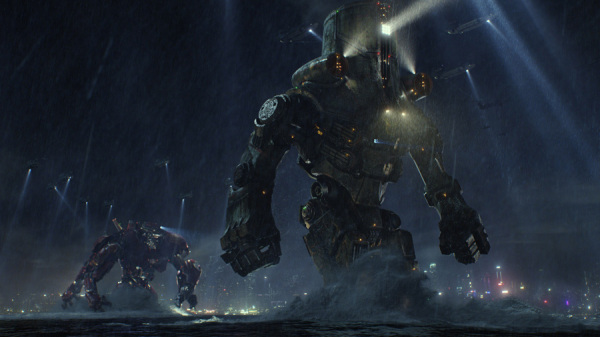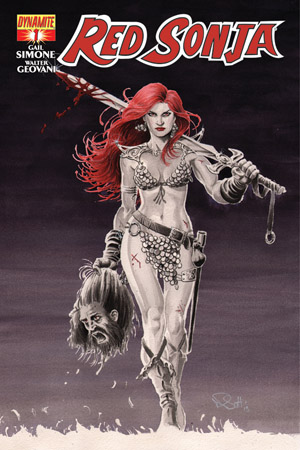(This article originally appeared on KQED Pop.)
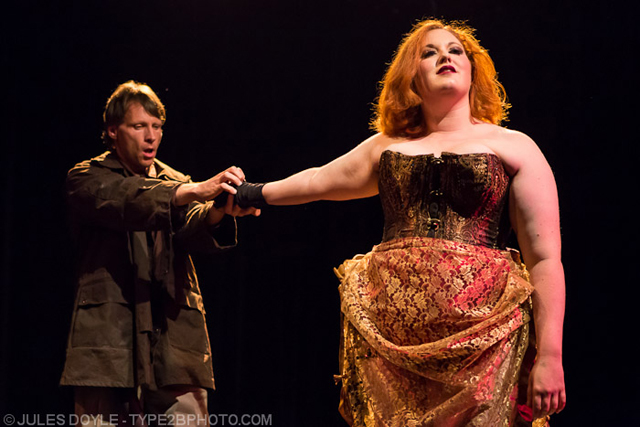
Sara Dipity and Man Johnson as Yo-Saf-Bridge and Mal from Firefly. Photo: Jules Doyle
The other day as I was breaking my rule about not reading comments on the internet, I ended up following a pretty heated back and forth about the differences between introverts and extroverts, inspired by a little cartoon in which an introvert likened their need for space to being inside a human-sized invisible hamster ball. Shortly after, I found myself going through my mental Rolodex assigning some of my friends to either faction. It’s a fairly natural human urge to embrace categories, parsing the complexities of our lives by sorting experiences and people we encounter into subgroups. When it comes to people, polarities feed much of our pop culture, as heroes take on villains, shy suburban young women unleash their inner vixens, and surly accountants let Manic Pixie Dream Girls teach them how to frolic in the rain. But eventually, the push and pull can get a bit boring, and while I don’t know about most people, I tend to take notice when something in our culture makes an effort to resist the trappings of an Either/Or state of being.
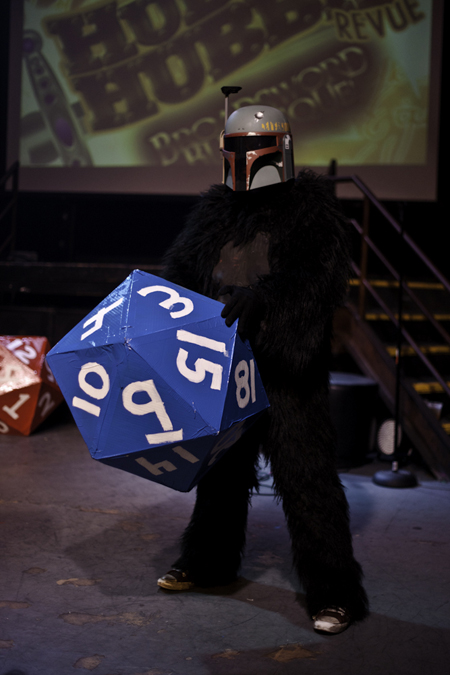
Hubba Hubba Revue’s Broadsword Burlesque. Photo: Johnny Crash
Take the whole Beauty vs. Brains dichotomy. Nerds and geeks have not traditionally been viewed as capable of sex appeal, or at least have mostly been portrayed as needing a serious makeover intervention in order to be considered attractive (Love Potion No. 9, She’s All That, every other episode of The Jenny Jones Show back in the day, to name a few). On the other side, those who embrace their sexuality and attractiveness encounter situations where they have to make extra effort to be seen as, well, human beings. A glaring example would be some recent sexist interview questions lobbed at attractive young actresses, or the fact that so many people were surprised to find out that Danica McKellar, Winnie Cooper from The Wonder Years, is also a published mathematician with a theorem named after her.
In the nightlife scene, neo-burlesque performers have been giving this staid dichotomy a swift, glittery-heeled kick in the rear by embracing nerdy characters and archetypes as inspiration for their acts. From sexy Vulcans to ageless time travelers in sock garters, this combination of two niche elements of our pop culture subverts all expectations by imbuing geeks with sexuality and proving that burlesque can be a very clever thing indeed.* Continue reading

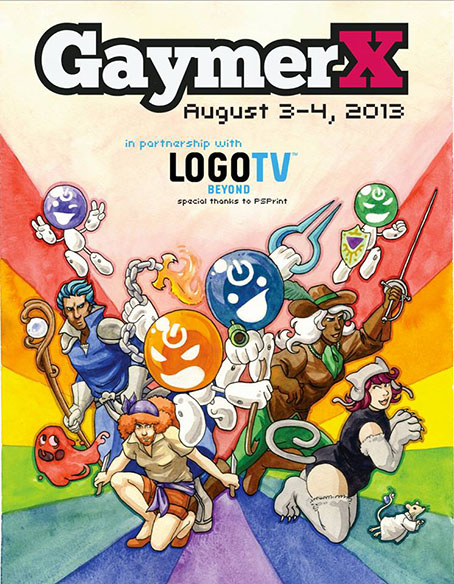

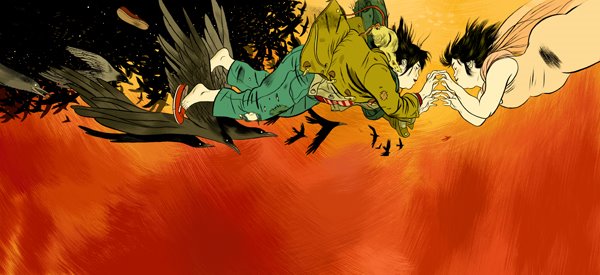
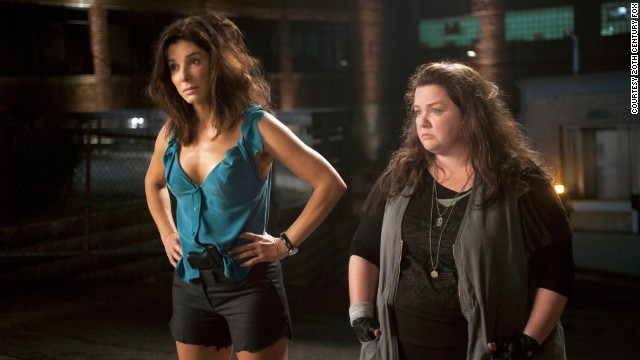
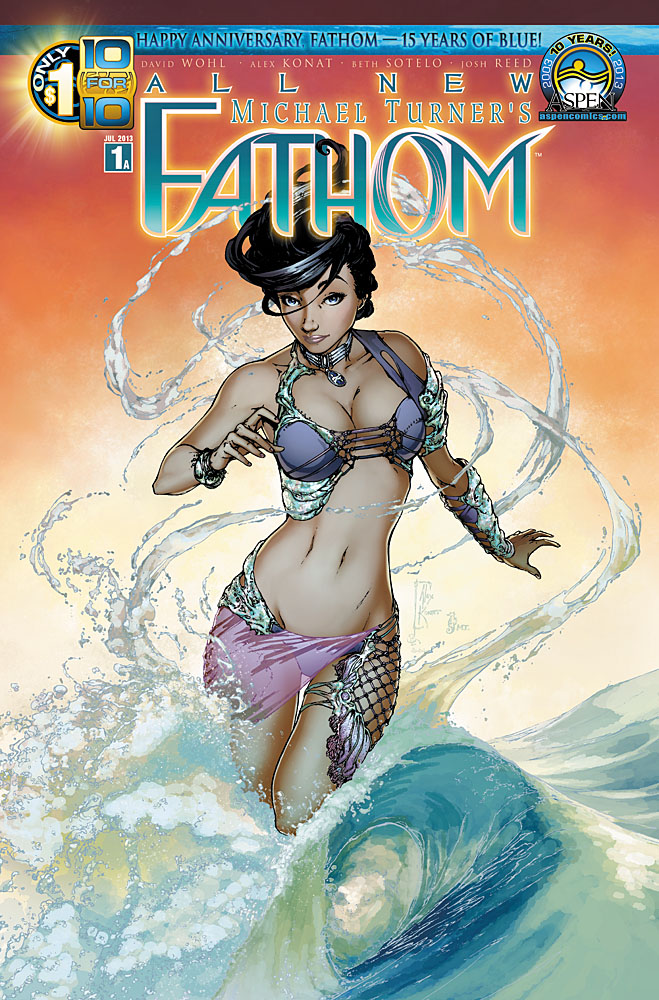
![Photo by Jill Greenberg [via laughingsquid]](http://www.geekquality.com/blog/wp-content/uploads/2013/07/1014638_141685442694900_462625651_o-1.jpg)

